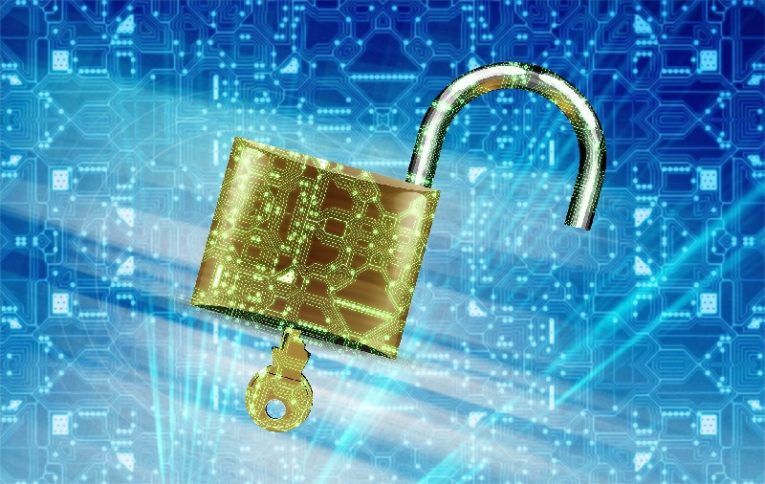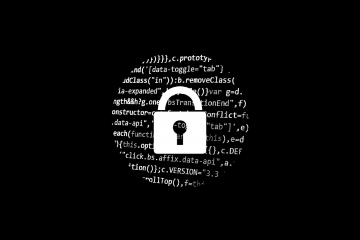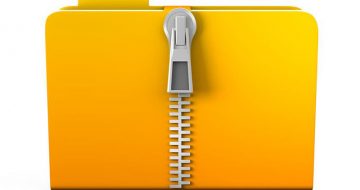How to Create a Secure Password for Your PayPal Account

PayPal is one of the most widely used and secure payment platforms online. With it, paying bills, purchasing goods from eBay sellers and even sending money to friends or family becomes as easy as clicking a few buttons. Suffice it to say that over the course of the last few years it has become an extremely convenient provider of a much needed almost universally accepted online payment service, which is why it is extremely important for both PayPal and its customers that the service be as secure as possible. Compromised PayPal accounts could spell a disaster for both the account's owner and the company's reputation, which is why PayPal has made sure to enforce a strict policy to ensure that users don't slouch when it comes to their own password safety.
To that end, PayPal has compiled a list of tips that users should take into account when setting their passwords, so that said password is secure enough to meet PayPal's minimum standards. That's all well and good – but are said minimum requirements actually sufficient to guarantee beyond all shadow of a doubt that the user's password will be secure?
-
- Let's look at some of
PayPal's
- tips, criteria and minimum requirements for an acceptable secure password:
- Tip: Password must be unique – this is an excellent piece of advice, but alas, one that PayPal can not make into a rule or enforce in any way. Users are advised to not reuse old passwords, or even parts of them when making a new one. Just consider this scenario – one of the user's accounts that are not terribly important in said user's day to day life gets compromised. Ok, that's not a big deal, but if said account shared a password with said user's PayPal account, the crooks that violated it now have the user's PayPal password, and with it – direct access to that user's cash flow. This type of thing is precisely why users should do themselves, and the company providing them with important services a favor and don't skimp put on security measures, such as making a nice unique and secure password.
- Tip: "Password must be more than 8 characters long" . Studies have recommended that a password is at least 10 characters long in order to ensure maximum entropy, but 8 seems to be a respectable minimum number of symbols that a password should contain.
- Tip: "Use lower case, upper case, a number, and a special character [like ~!@#$%^&*()_+=?><.,/]". This is actually excellent advice – using symbols, especially in an unpredictable manner or at random points of the password, not only at its beginning or end. Don't fall into the trap of just changing all suitable letters with numbers with numbers that resemble them – such as changing all "H"s to "#"s, or all "s"s to "$"s. This is a well-known tendency among users and one that the crooks that may want to break into your account already take into account. Thus, by doing so, you are not making your password more secure, while simultaneously making it more difficult to recall.
- Tip: "Not a word or date associated with you (like a pet's name, family names, or birth dates)." It is important that you don't use such things as your password, for one simple reason – information can get leaked to untrustworthy people. It may not necessarily be your fault. Someone somewhere could have caught a glance of your ID and memorized the first or last few numbers of your personal ID number. Your dog's name is not exactly a secret, and your date of birth is probably not a secret, either – especially if you're on Facebook. All of that information is not something you're likely to forget – however it is also not terribly difficult to obtain, while simultaneously being a potential means for a security breach when it comes to passwords. Save yourself a potential headache – don't use this type of thing as your password.
- Tip: "A combination of words with unusual capitalization, numbers, and special characters interspersed. Misspelled words are stronger because they are not in the dictionary used by attackers." This tip is pretty solid as well – unusual words, capitalizations, interspersed with special characters seem to make some of the strongest passwords one could generate. Using misspelled words, obscure ones, or even ones spelled backward is also an excellent idea, as the patterns created by doing so may be easier to remember while still maintaining a level of complexity which makes them very difficult to guess through nefarious means.
- Tip: "Something you can remember." This is also an excellent piece of advice – the password you make should be both secure and memorable. Unless you employ a password manager software to keep it for you, a long and complex password is meaningless unless you can actually input it at your convenience.
Conclusion
PayPal's advice on how users should compose their passwords is pretty solid. There's a good reason why most of the "tips" that PayPal gives its users are actually the minimum requirement for a proper password. Overall, the practices recommended here are excellent for improving one's online safety, and users should seriously consider adopting all of the said practices when making accounts on other sites and platforms that are less stringent with their security measures.








